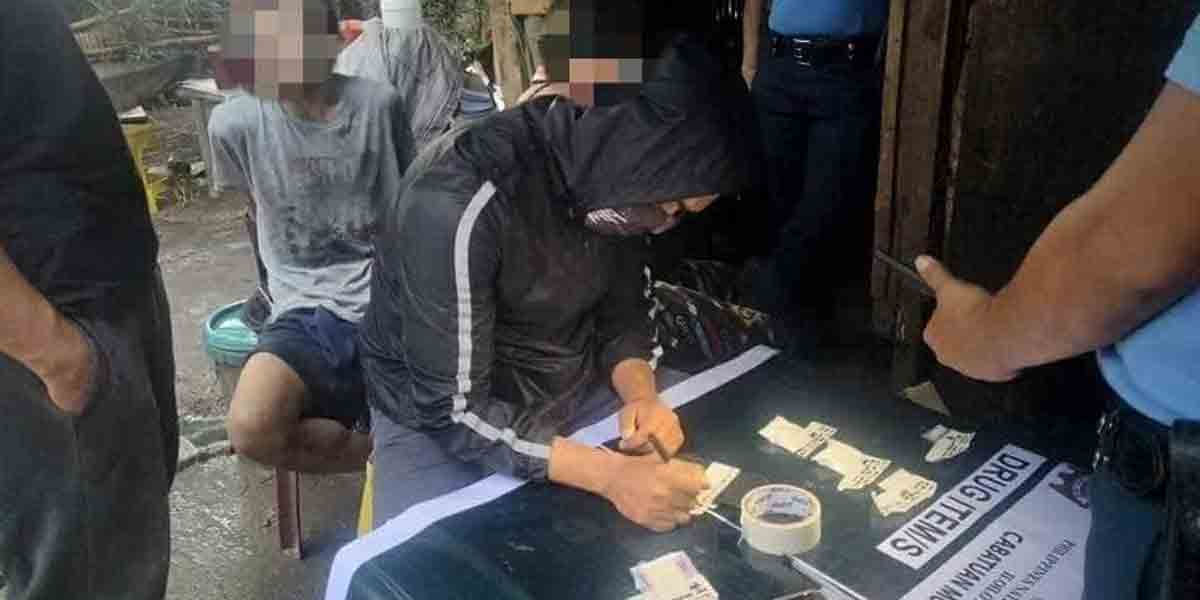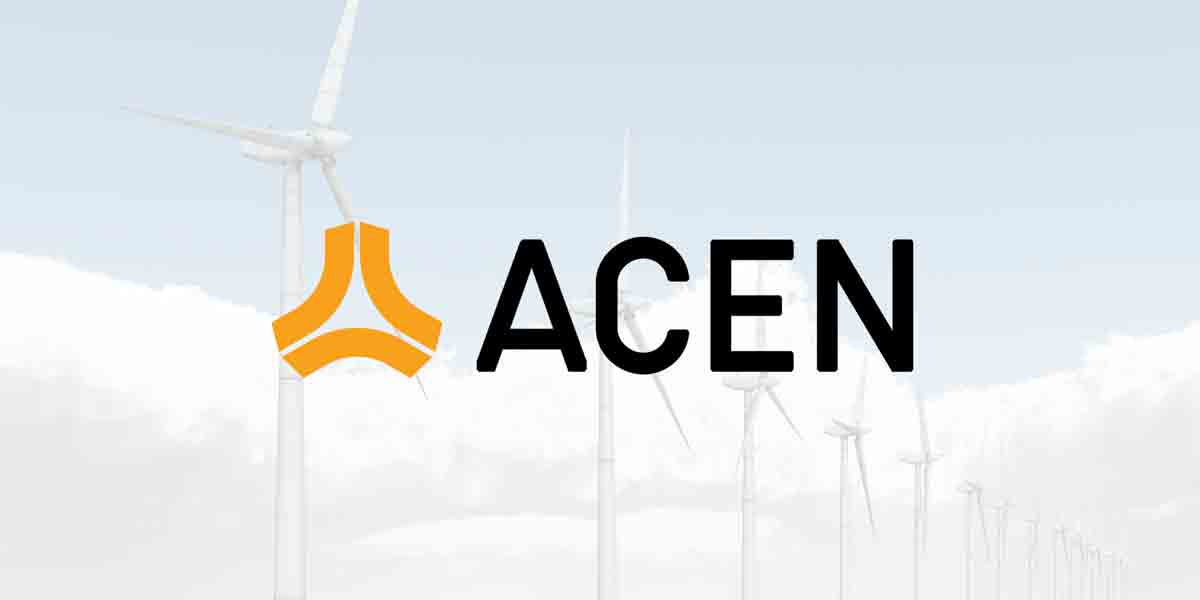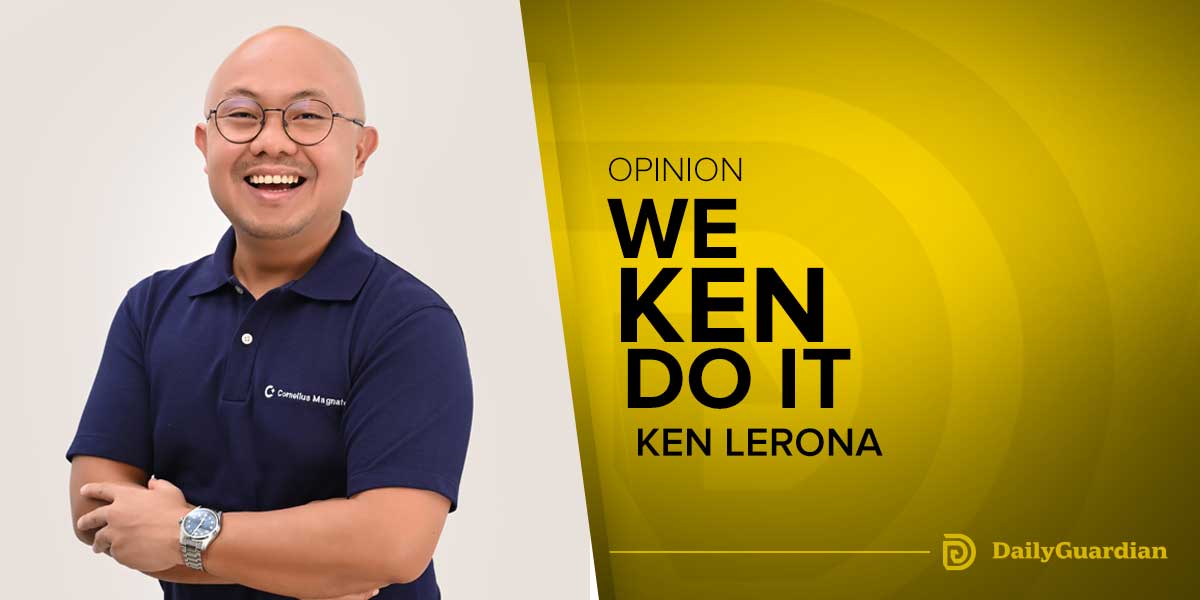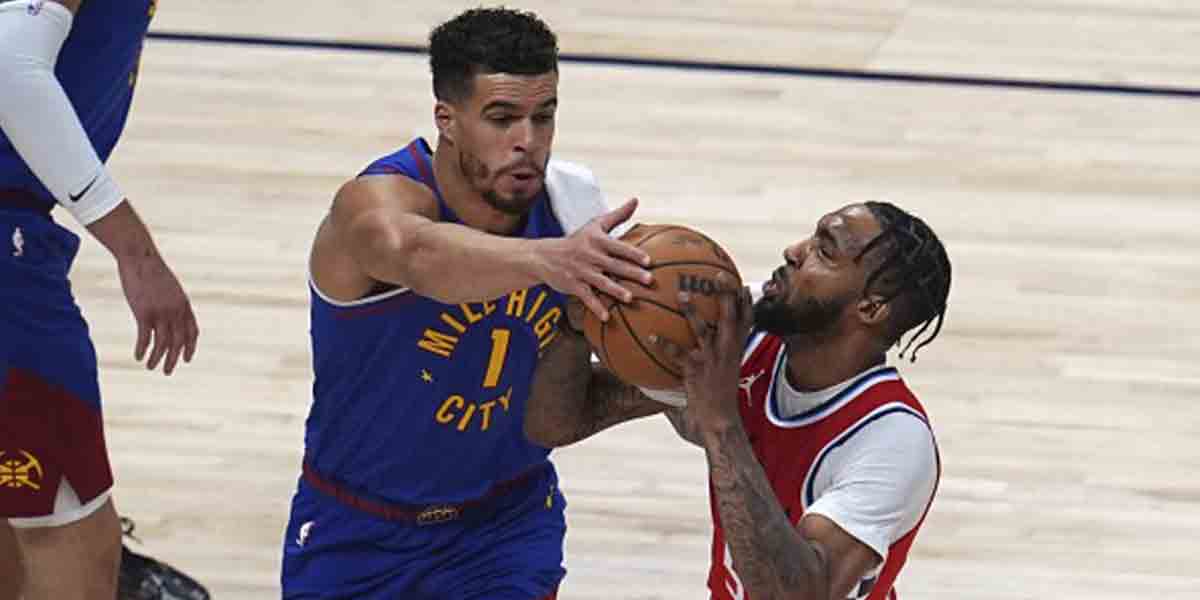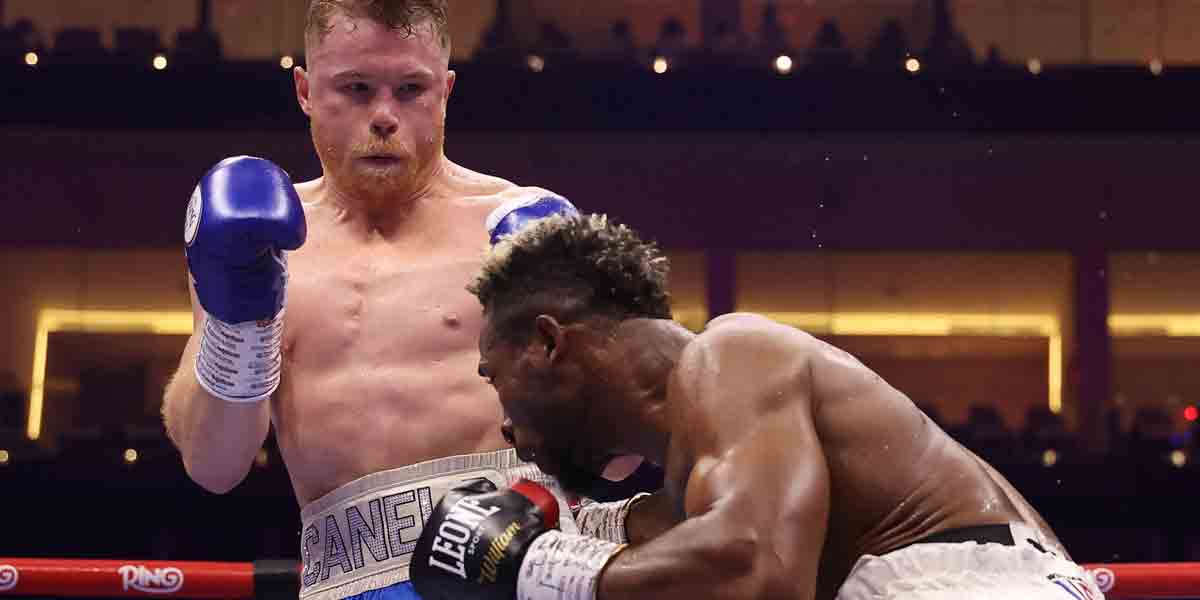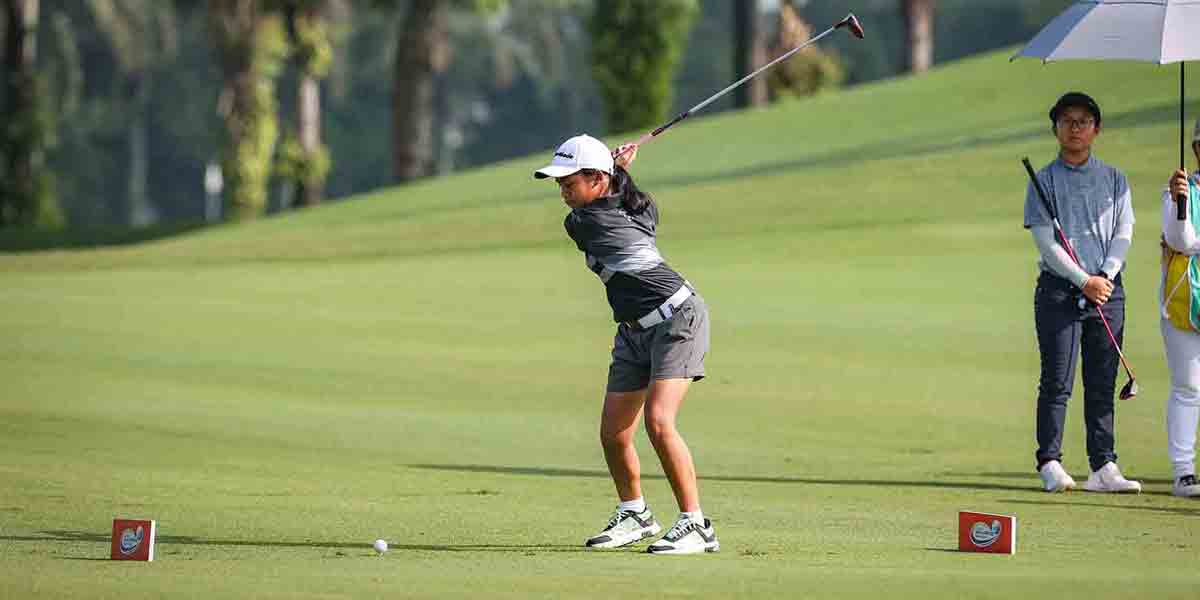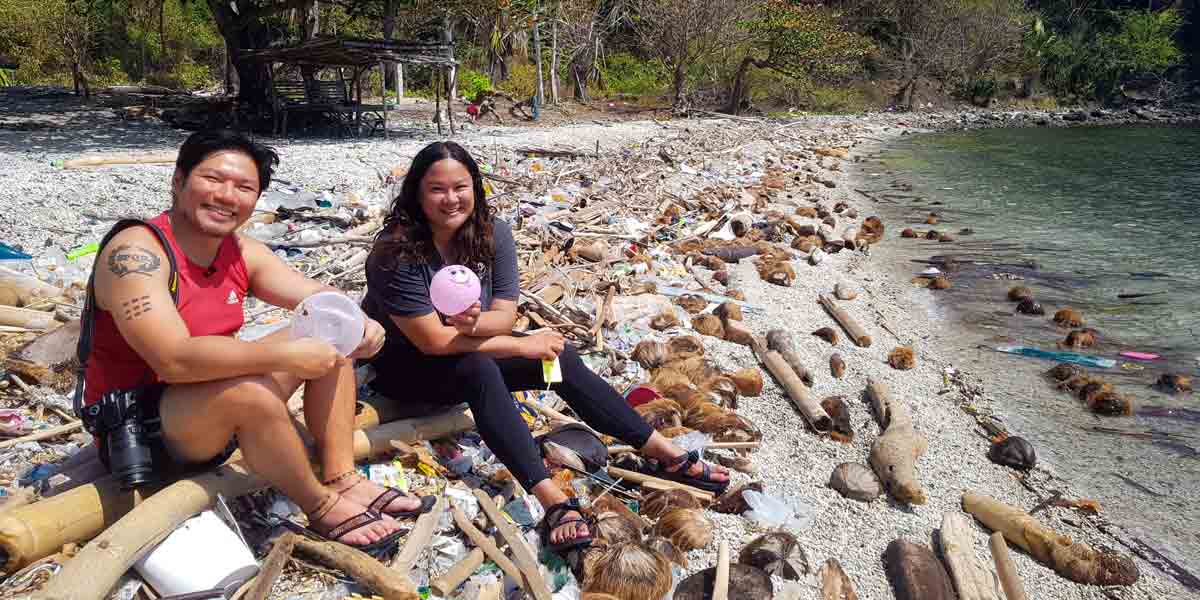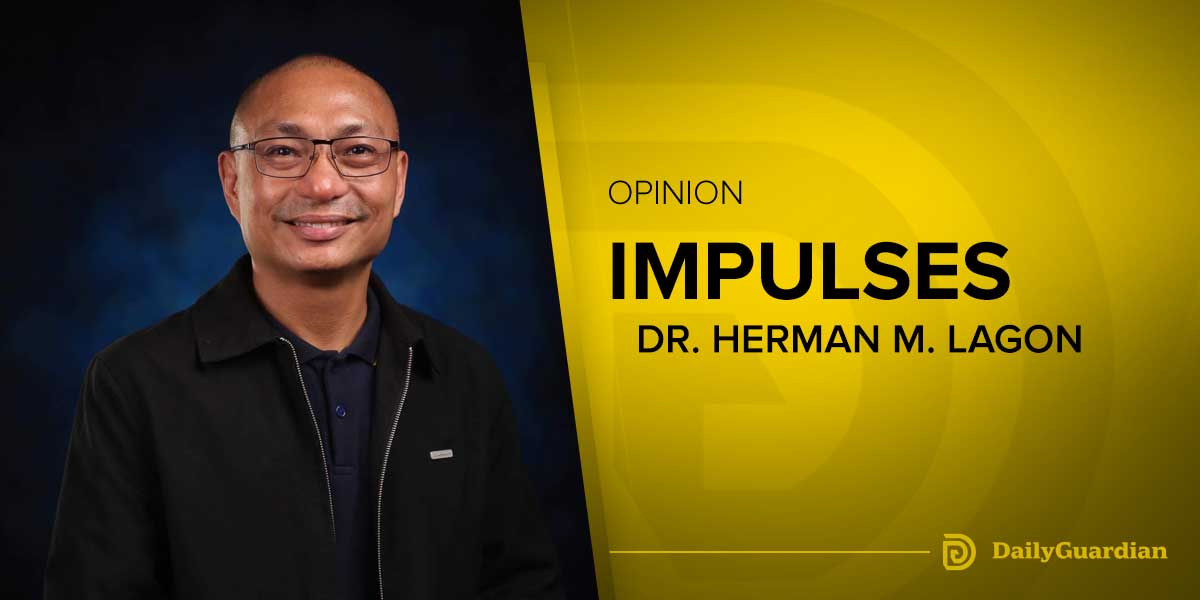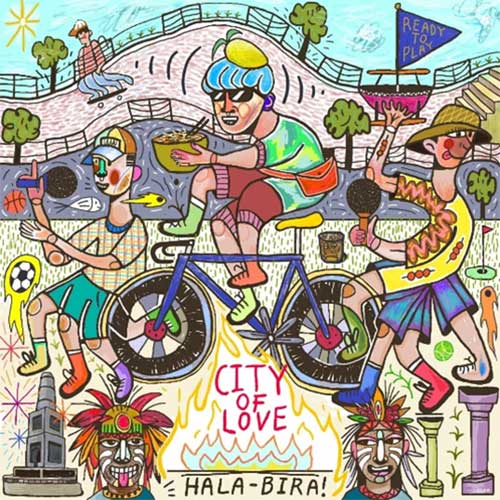
By Noel Galon de Leon
I was in Bali when I heard about what Decathlon Philippines did to Jecko, a well-established visual artist in Iloilo and a reputable figure in the local art scene in Western Visayas. According to Jecko, someone from Iloilo approached him in a rush, requesting a design for the launch of Decathlon Iloilo. Let’s be clear—no formal contract was established between them. However, because the visual art community in Iloilo is small and tight-knit, Jecko trusted this person, given their familiarity, and proceeded to create the artwork. The individual pressured Jecko to complete the design quickly, which he did. He submitted the artwork for use at Decathlon Iloilo’s launch, but after submitting it, Jecko never heard back from the person. It remains unclear what connection this individual had to Decathlon Iloilo or why they were the mediator for this request.
Jecko’s experience highlights a recurring issue within Iloilo’s art community. Despite the enthusiasm and strength of the local art scene, exploitative incidents like this persist. If something like this can happen to a well-established artist like Jecko, how much more vulnerable are emerging or lesser-known artists? This situation is alarming because, in reality, what chance does an ordinary or novice artist have against a global giant like Decathlon, one of the leading sportswear brands in the world? This issue needs to be addressed—not just for Jecko but for the entire art community. Jecko is a respected regional artist, and this case reflects a broader concern. It is an independent artist against a massive corporation, a situation that demands community support and involvement. The local art council must take a stand, as one of Iloilo’s finest artists is involved. This is a collective responsibility, and we must all support Jecko and the local art community in addressing serious issues like this, which violate artists’ rights. How do we amplify this issue and work towards a resolution?
I don’t know if this matter can be fully resolved, but I do know that conversations are crucial. After nearly 15 years of cultural work in local literature and publishing, I’ve learned the importance of calling the attention of those in power and consistently supporting the voices of local artists, who are often sidelined in situations like this. I’ve started thinking of ways to help Jecko and protect young and emerging artists should similar incidents arise in the future. This is a call to action for the community to take a stand and ensure that artists’ rights are respected and upheld.
First, it’s crucial for artists to understand the importance of contracts and documentation. Especially for visual artists, particularly those who are senior or established, it’s important to remind and educate young and emerging artists to not accept any work without a clear agreement or contract. A written agreement that clearly details the work, payment, and deadlines is vital to avoid miscommunication or exploitation. In many cases, this aspect is overlooked by many, and it’s only when issues like this arise, such as with Jecko, that we remember the importance of having a contract. However, it’s also worth noting that even without a formal contract, the conversation between Jecko and the person who dealt with him or requested his artwork for Decathlon was enough for Jecko to demand payment for his hard work. Ultimately, he learned that his work would not be used because they had already secured another artist.
Second, it’s important to have support for Jecko and other visual artists in Iloilo. Besides amplifying and sharing Jecko’s post on Facebook, it’s crucial for every group and individual who plays a significant role in the art scene in Iloilo to make a statement. I suggest it’s time to establish an organization or support group for local artists where they can share experiences, seek legal advice, and provide support to its members. This is not just about helping artists sell their work but also about showing concern for them in cases like this. Having such a group gives artists the courage to demand fair payment for their services and compensation for any damages done publicly.
Third, we should look for the Iloilo City Local Culture and Arts Council in such matters. Where are they in situations like these when they’re most needed by the artists? The responsibility of the Iloilo City Local Culture and Arts Council, I believe, goes beyond funding art-related events from public funds. If the culture and arts council is serious about their work, we need to hear their voice on such serious issues involving a respected Ilonggo artist like Jecko, who is often seen at events they mount. The culture and arts council, with its deep and broad understanding, should be ready to assist artists in providing support through grants, fellowships, opportunities to showcase their work, educational programs, and initiatives to increase awareness and appreciation of local culture and arts among residents. Organizing and promoting cultural events, festivals, exhibitions, and performances that reflect the city’s diverse artistic traditions is also important. Moreover, the culture and arts council should be responsible for representing the interests of the local arts and cultural sectors in discussions with government agencies and policymakers. If the current Iloilo City Local Culture and Arts Council does not possess some of the attributes I mentioned, they may not effectively fulfill their role expected by the community of artists during these times. They could also use their influence to demand accountability. Another suggestion for the culture and arts council is to create standardized guidelines or a code of ethics for artist-client relations, which artists and clients could use as a basis for professional engagements.
These are just a few ideas for the visual arts community in Iloilo to prevent similar incidents in the future. It’s disheartening and discouraging for an artist’s life to be affected by such events, and we don’t want this to be experienced by independent Ilonggo artists who follow in Jecko’s footsteps. There’s still a lot we can think of to do, and the Iloilo City Local Culture and Arts Council could consider these ideas to ensure that artists feel their presence not just during art exhibits but throughout their creative journey.
As I finish writing this column, I found out from Jecko himself that Decathlon’s management had already called him, and they had apologized for what happened. I don’t know if Jecko has forgiven them or if he feels better now after being involved in this issue. My Christmas wish is that Jecko doesn’t lose interest in continuing to create his art, that this doesn’t happen again, and if it does, that we hear the voice and stance of the Iloilo City Local Culture and Arts Council because, truly, this issue is not only about Jecko.
Noel Galon de Leon is a writer and educator at University of the Philippines Visayas, where he teaches in both the Division of Professional Education and U.P. High School in Iloilo. He serves as an Executive Council Member of the National Commission for Culture and the Arts-National Committee on Literary Arts.




